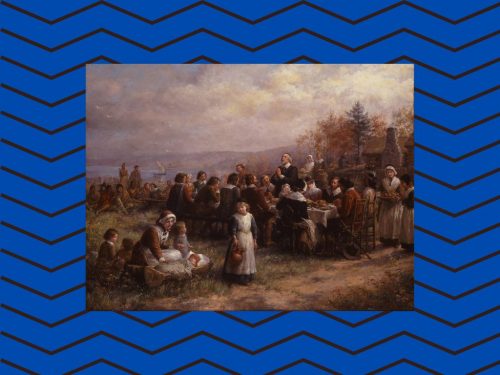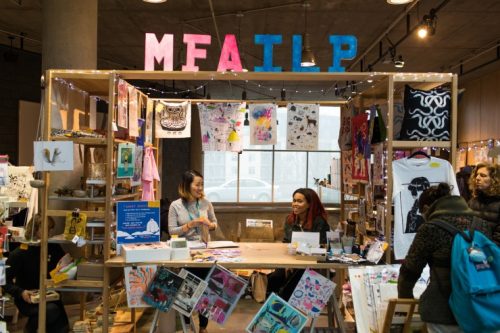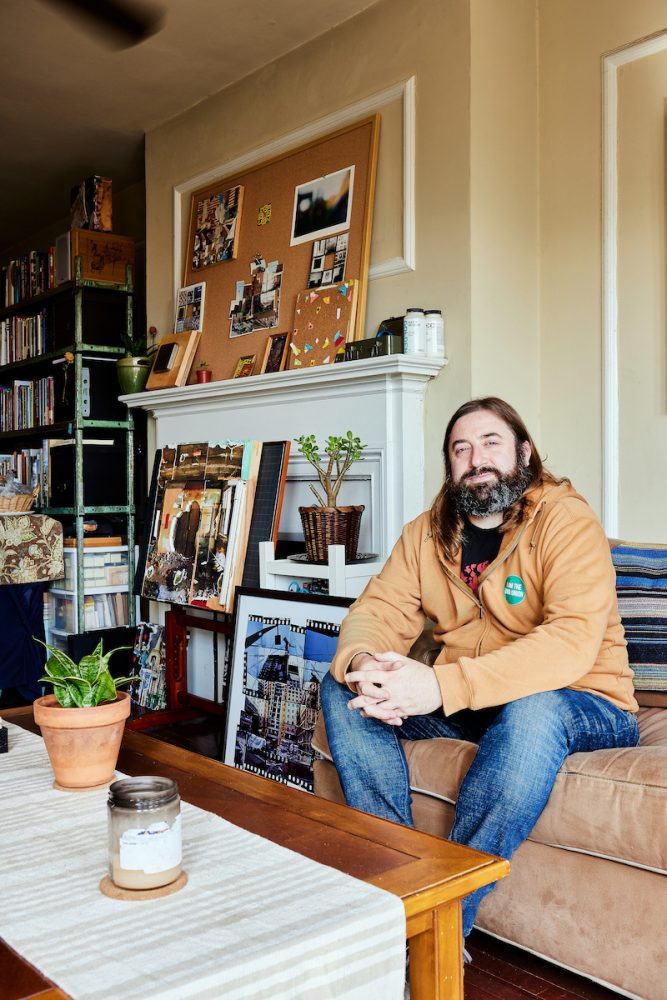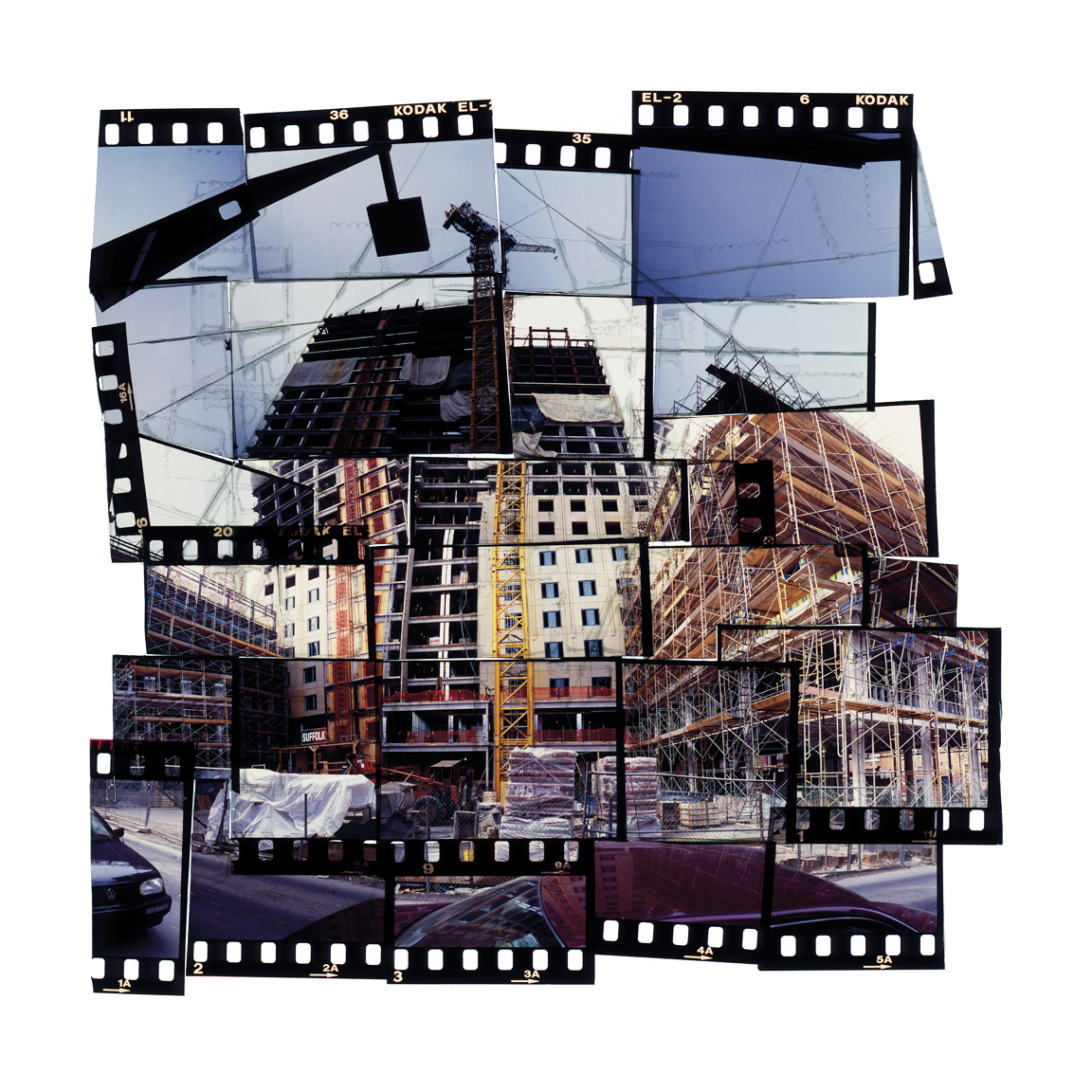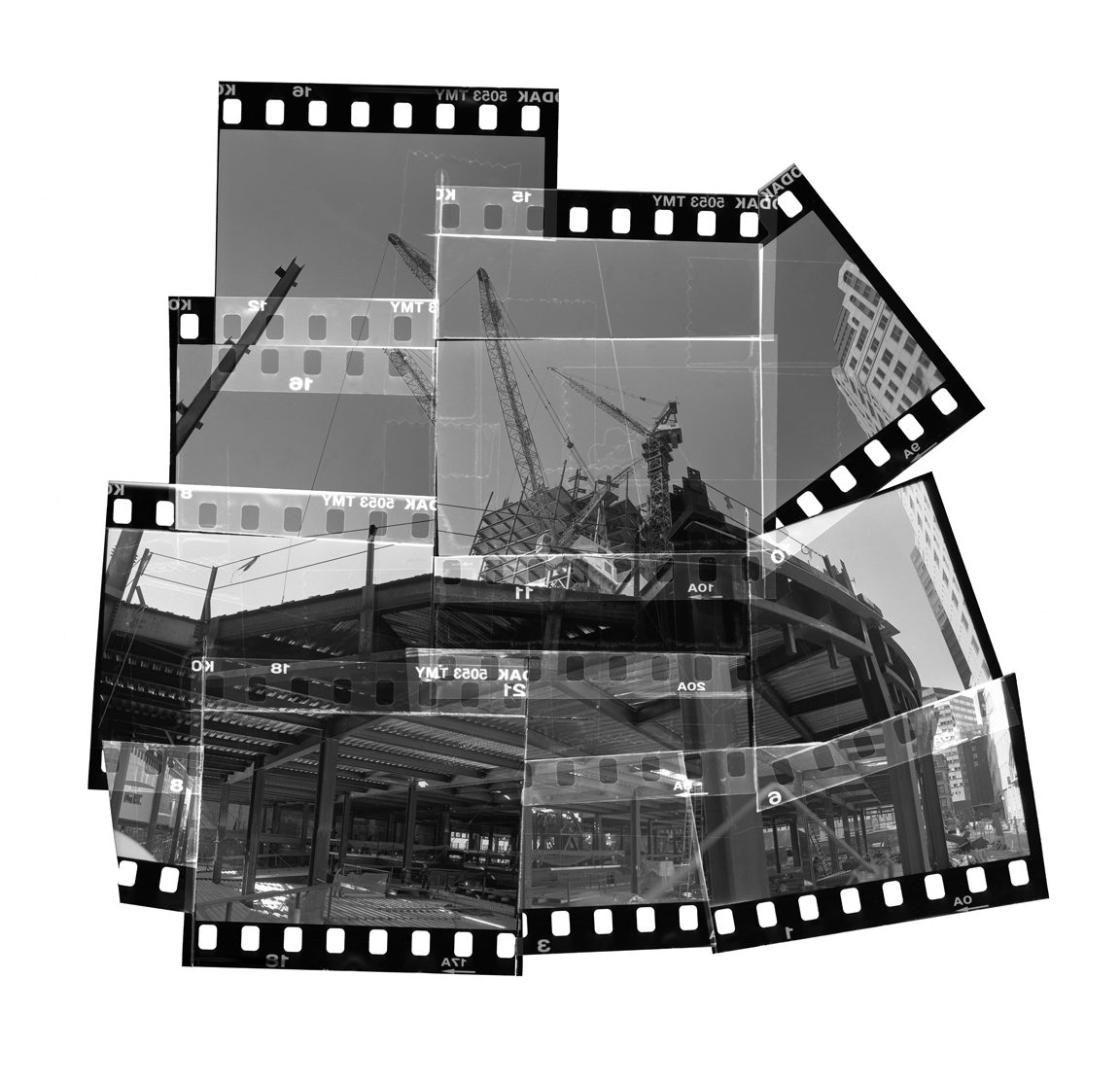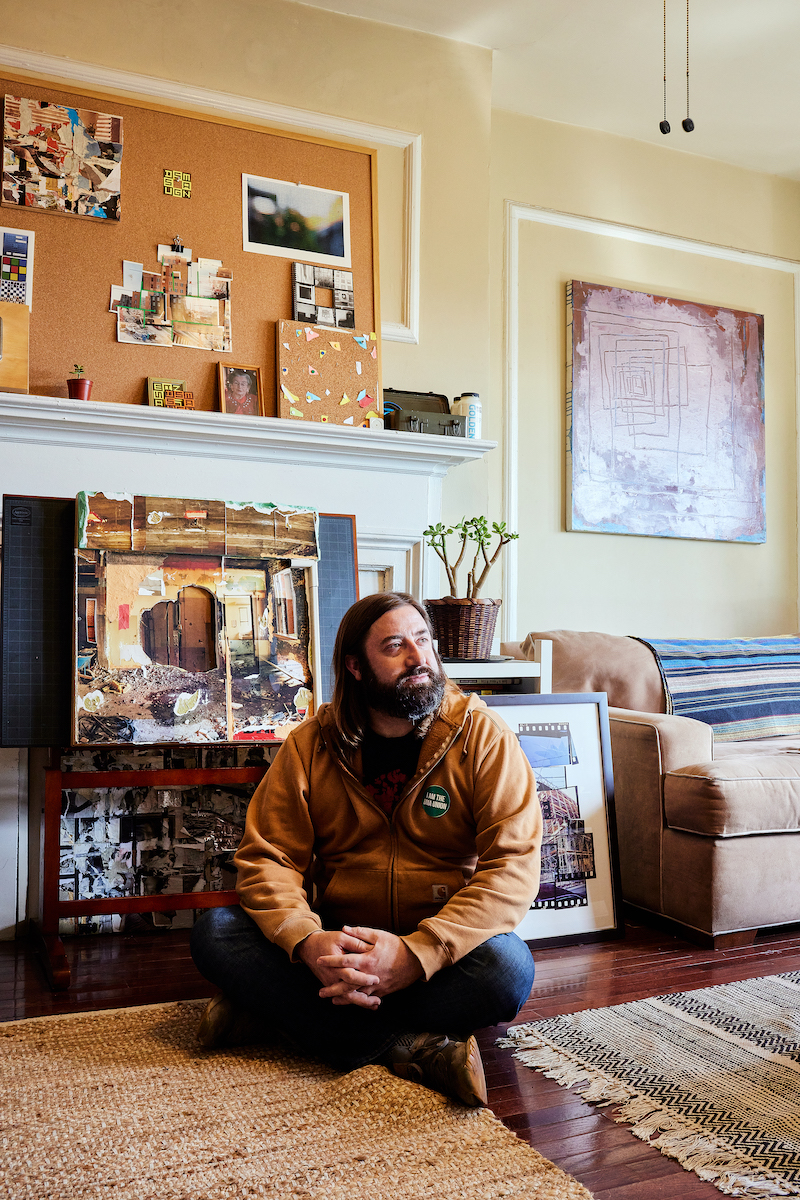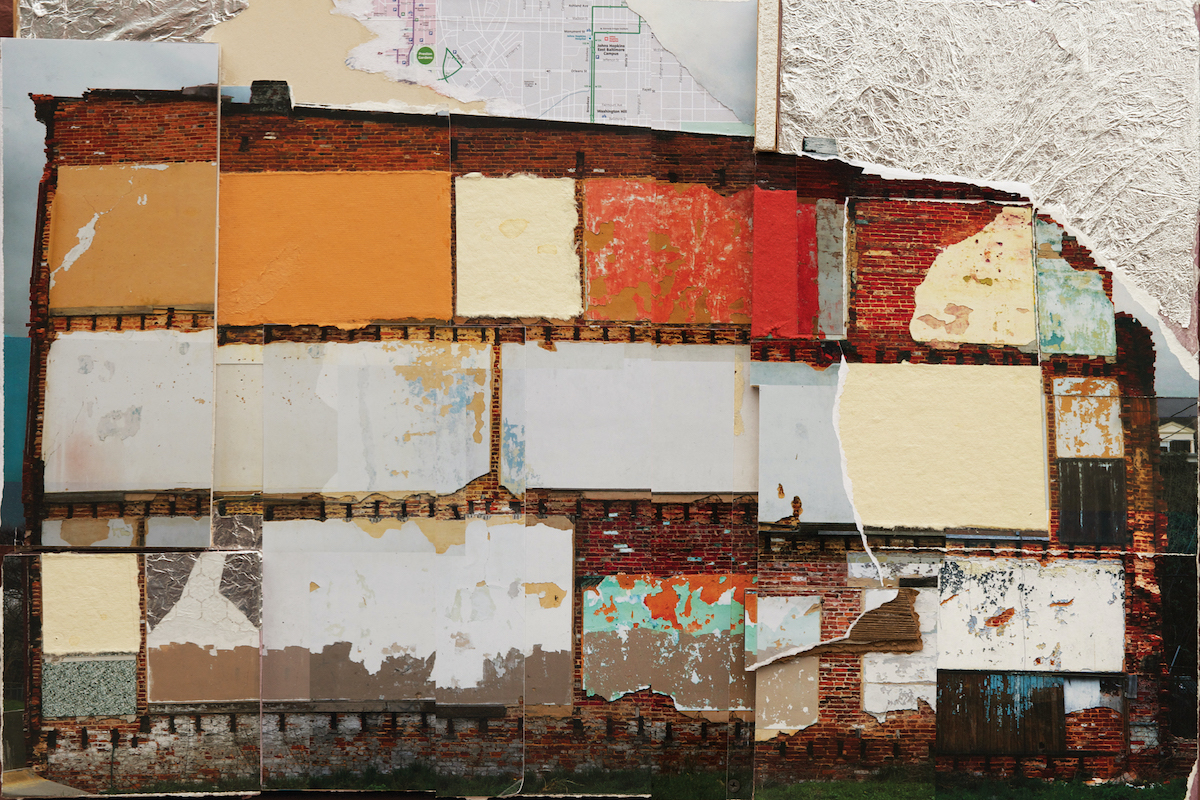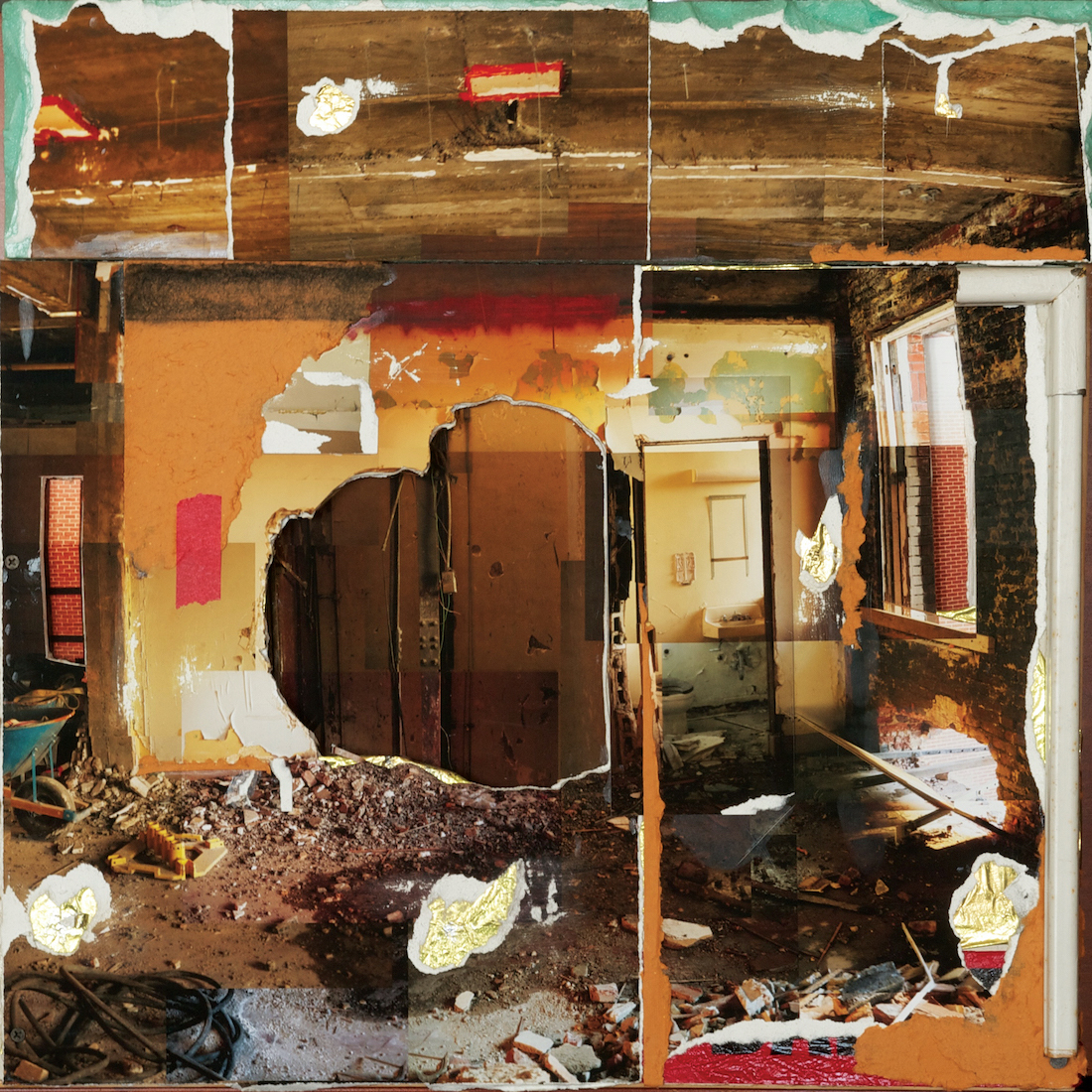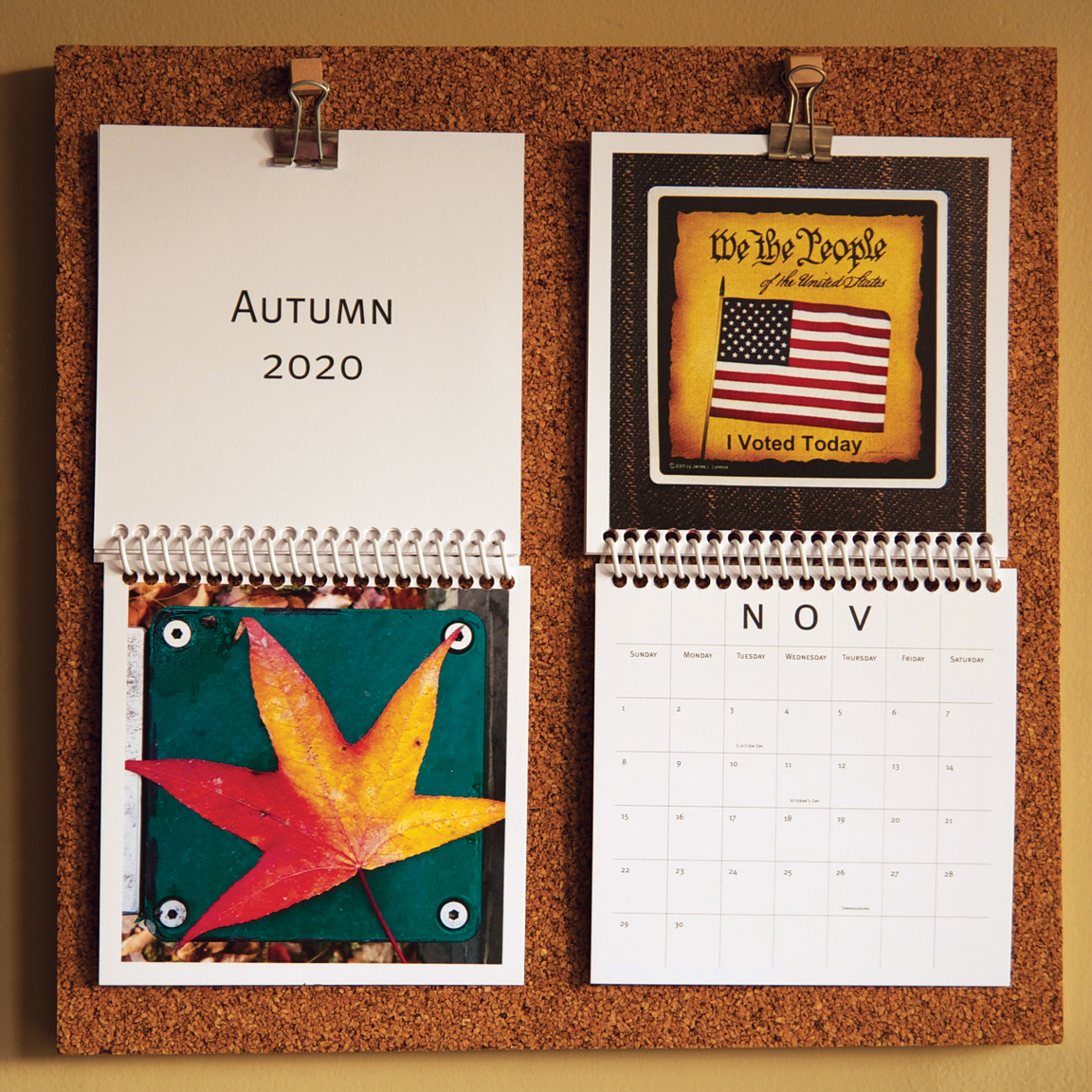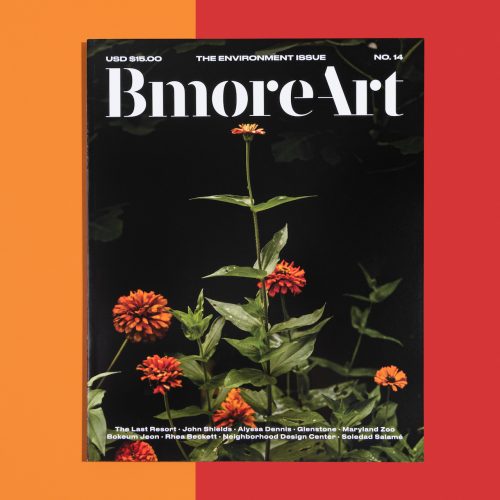Dereck Stafford Mangus thinks you should take a break. Artists are constantly advised to produce—to get in the studio and make, even if they don’t feel like it. The wisdom is that, like working out at the gym, the routine of creation is what matters and creativity is a muscle to be flexed and stretched daily, and from that great work will come. Mangus sees it differently, explaining that “[under] capitalism, we are just trying to mass produce to keep up with the market” which is additionally challenging since artists make things by hand, a process that is inherently laborious and slower-paced than a machine’s.
He compares this need to be constantly producing to the compulsion he feels at times to read a book quickly. But when he puts a book down for a while and comes back to it later, he says, “something happens to me in the interim, so when I pick up the book again, it clicks in this weird way, and I’m so glad I put it down.” The net impact ends up being greater than if he’d read it in one burst. For Mangus, an artist, writer, and museum guard, space for reflection is essential to a strong end result.
As a multi-hyphenate and, let’s face it, a career intellectual—with two master’s degrees, one from Harvard Extension School and one from MICA—Mangus has given a lot of thought to the challenges of living a creative life under capitalism. A part of the BMA’s union, he has put these considerations into practice. For Mangus, who was part of the Harvard Art Museums’ union while an employee there in the 2000s, unions are about “respecting workers,” he tells me.
In his October op-ed for the Baltimore Sun, Mangus expanded on this idea, writing that Walters Art Museum leadership needs to honor their mission and allow workers to take a vote to unionize. Working first for the Harvard Art Museums, then the Isabella Stewart Gardner Museum, the Walters, and the BMA since 2016, Mangus knows the ins and outs of working within large public-facing arts institutions. He speaks frequently of his BMA “family,” from whom he feels he has learned a lot about art as well as politics.
